How did the blind people read an ordinary printed book 100 years ago?
Original chestnuts guoke
People with normal vision read by light. The white paper is brighter and the black words are darker, so the naked eye can distinguish the words between light and dark.
What does the visually impaired read? One is by touch, and there are blind documents to touch. One is hearing. When some books are not translated into Braille, maybe you can find audio books.
If you can’t find a ready-made audio book, how can the blind read an ordinary printed book?
As early as 1913, Edmund Fournier d’Albe, a physicist at the University of Birmingham in the United Kingdom, showed a scanner to help the blind listen to books, named "Optophone" (photoelectric reading device). A few years later, the equipment was transformed into a more practical version by a scientific instrument manufacturer.
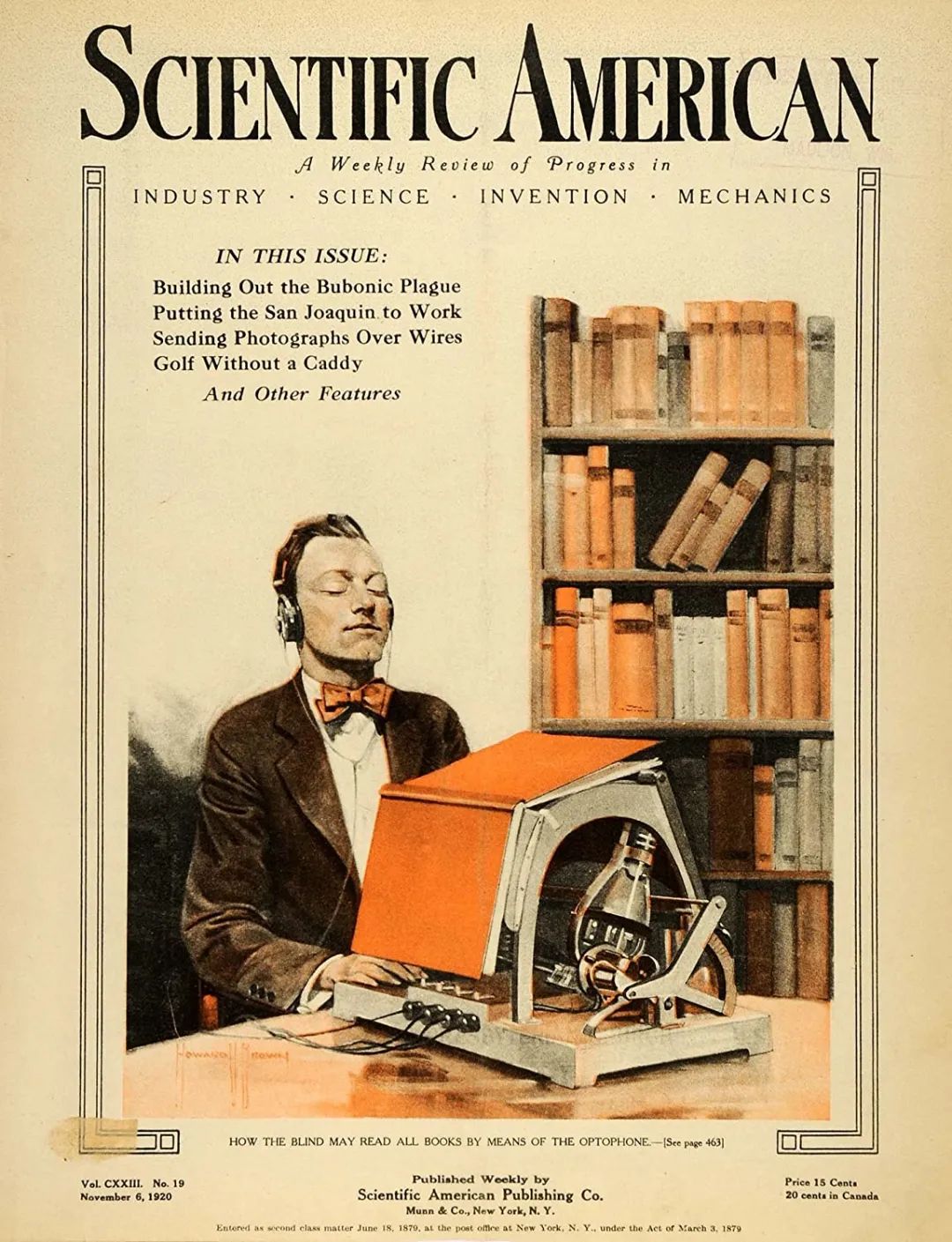
In 1920, the magazine reported Scientific American.
When the machine sweeps a line of words from left to right, there will be a sound in the user’s headphones. However, the sound is not speech, but a combination of some notes.
Write the word "write" with notes.
Different note combinations represent different glyphs. For example, the letter T has a horizontal direction and a vertical direction, the horizontal direction is represented by a monosyllabic elongation, and the vertical direction is represented by a chord. The notes used here are the highest to SOH and the lowest to the lowest octave SOH.
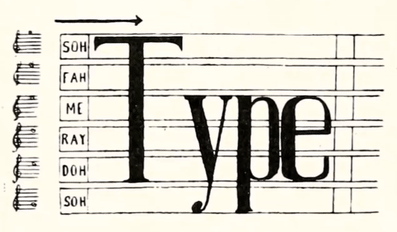
The note corresponding to the letter t, Tiffany Chan
The height of the notes reflects the position of the ink on the paper: one horizontal of the T is at the top, just lengthen the highest note SOH, while one vertical of the T has ink from top to bottom, so you can play the five notes of SOH, FAH, MI, ME and DOH at the same time, which is a chord.
Then, when the letter T appears, the earphone should first emit a continuous SOH, with a short chord in the middle, and finally return to the continuous SOH. A letter, a word or a paragraph can be "written" with a string of notes:
The note combination corresponding to the word "Type" is Tiffany Chan.
As long as you are familiar with the correspondence between letters and note strings in advance, the blind can hear the contents of a book.
Translating glyphs into notes is not complicated in terms of rules, but it is only part of the work of this machine. Before that, it must first see what font is printed on the book before it can begin to translate.
Therefore, automatically scanning text is the most important thing.
Selenium can see black and white.
At the beginning, the naked eye can distinguish the words on the paper by light. The light returning from black letters is very weak, not as strong as the reflection of white paper. But how does the machine achieve similar perception?
Scientists thought of selenium, and the resistance of this substance will change with the intensity of light. Connect batteries on both sides of selenium. When the light hits the ink mark and then reflects to the surface of selenium, the resistance of selenium will be larger, and the current passing through it will be smaller. When light is reflected from the blank of the paper to the surface of selenium, the resistance of selenium will be smaller, and the current passing through it will be stronger.
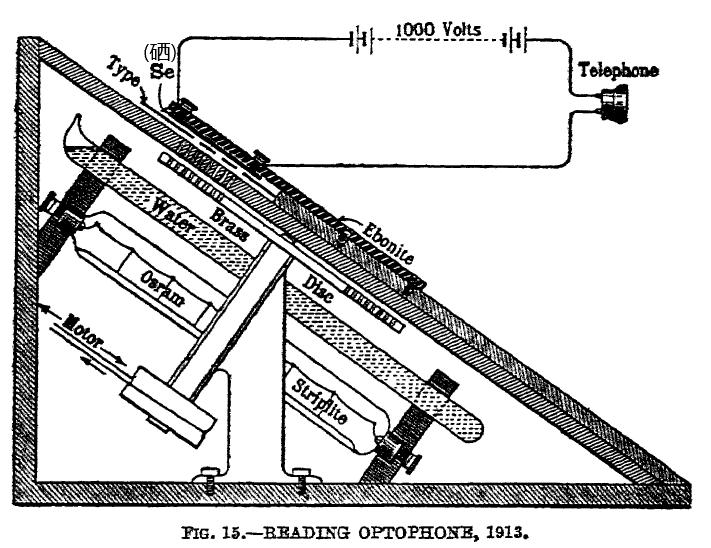
The two sides of selenium are connected with a power supply, and the current is different with or without lighting [1]
Different lighting conditions will transform different electrical signals, so selenium can be used as a photodetector. When it sweeps a line of words from left to right, the signal strength will change with the alternation of black and white, which is not difficult to understand. The question is, how does the machine know whether the ink position is high or low, such as whether T is above or below?
Use different beams to scan different positions. If you divide a line of words into five layers, you need five different beams of light to scan it. The so-called different light means that each beam of light hits the surface of selenium to produce a unique electrical signal, which is different from other beams of light. Only in this way can we tell how high the light is calling from.
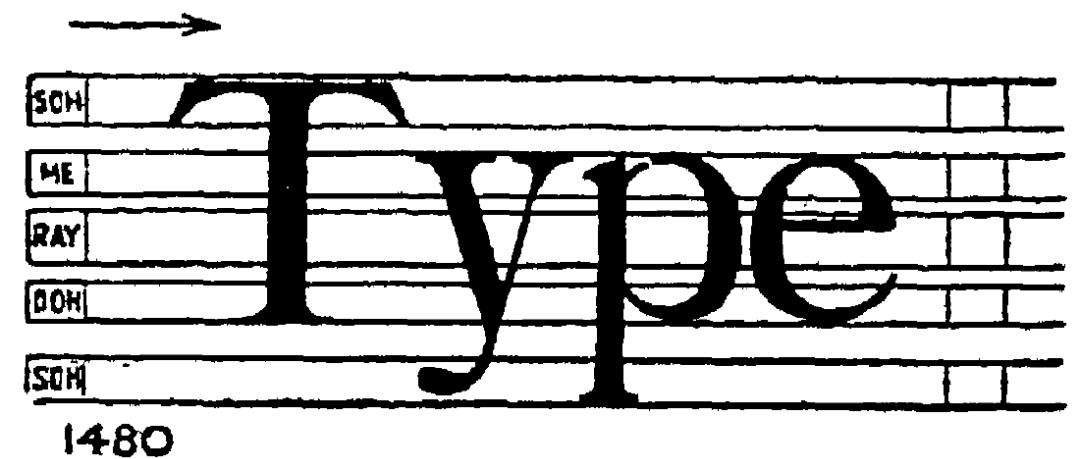
Divide a line of words into five layers [1]
So how do you divide a beam of light into five different beams?
Here is a porous disk with five holes. When the disc rotates at a speed of 30 revolutions per second, a beam of light is knocked over, and the light passing through the disc is divided into five beams, which are five intermittent (or fast flashing) lights.
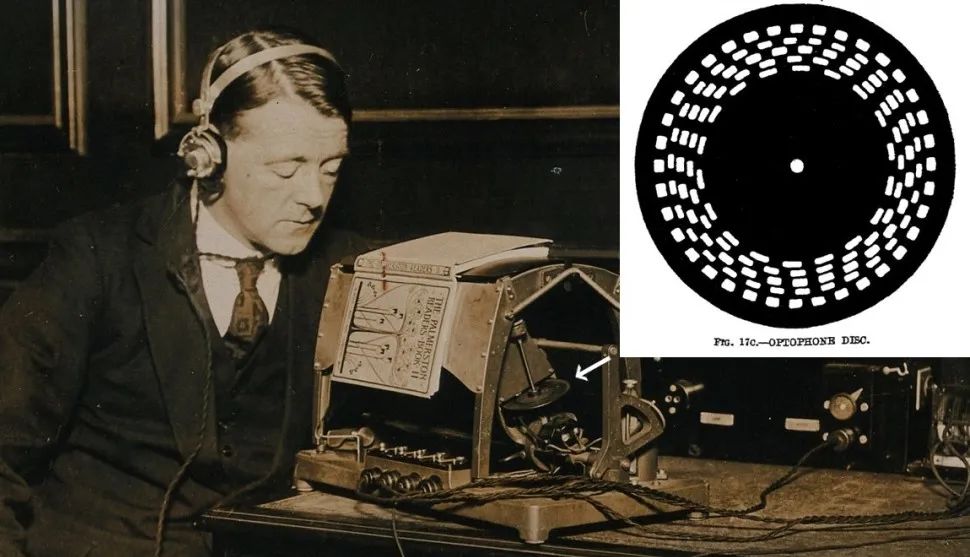
Porous disc, Wikimedia Commons, reference [1]
When light is reflected to the surface of selenium intermittently, the current passing through selenium will fluctuate. The current fluctuation caused by these five beams of light is different: because the number of holes in five circles is different, the more holes, the more frequently the light is cut off and the higher the frequency of current fluctuation.
So there were five different beams of light. If they are hit at different positions, we can judge whether the light is reflected from a high place or a low place according to the frequency of current fluctuation. It’s not difficult to tell the difference between a horizontal T and a horizontal T.

The disc divides the light into five different beams.
The notes that users hear are also distributed according to the frequency of current fluctuation.
As for what tools to use to sense the fluctuation of current, the sensor in the telephone receiver can be competent. With the technology at that time, current fluctuations as small as 10-6 amps can be detected.
Is it black or white?
Wit, you may find that according to the principle described above, the strong current signal is the blank, and the weak signal is the ink mark. So, the notes that users hear represent not the ink, but the gaps around the ink?
This was the case with the original products in 1913, and those notes that the user did not hear indicated the location of the ink. When the spaces between words are scanned, all the notes will play together. Therefore, the inventor called it "White-Sounding Optophone".
The combination of notes it plays is so complicated that Mary Jameson, the best user, is trained to read only one word a minute on average. But she still became the first blind person to read ordinary printed books.
In 1918, Barr & Stroud, a manufacturer of scientific instruments, improved the equipment and added a second photosensitive element made of selenium to the photoelectric detector. After the light passes through the disc, part of the light still scans the text and reflects to the first photosensitive element; The other part of the light is directly turned to the second photosensitive element without scanning the text.
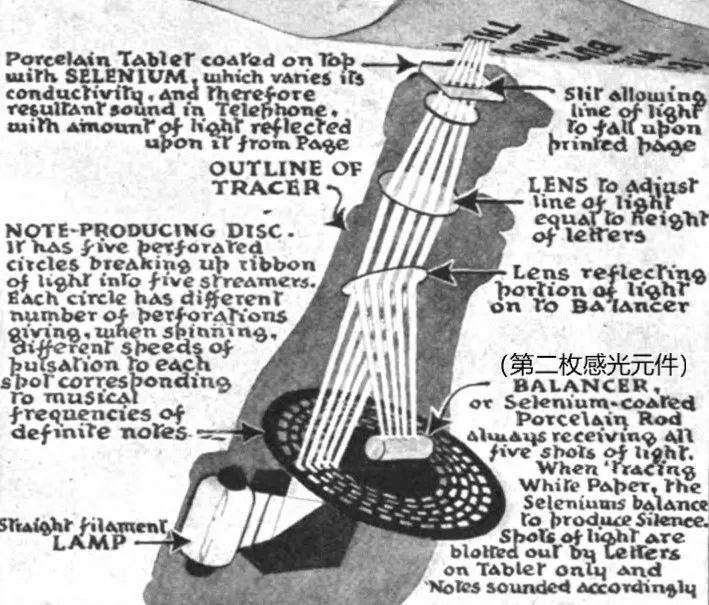
Add one more photosensitive element. Popular Science
By combining the signals of the two photosensitive elements, the signal of the blank part can be cancelled. In this way, the notes played by headphones represent ink and letter shapes, while the blank parts are muted. This version is also called "Black-Sounding Optophone".
Of course, its advantage is not only that the combination of notes becomes simple. The structure of the original equipment is fragile. Even if someone walks by heavily, some components may slide to the wrong position, which will affect the normal scanning. The improved equipment is much more stable.
In addition, the improved version also adds the function of adjusting the scanning speed, which can scan a line at the fastest time of 5 seconds and at the slowest time of 5 minutes. Users can choose the speed according to their proficiency in recognizing notes.
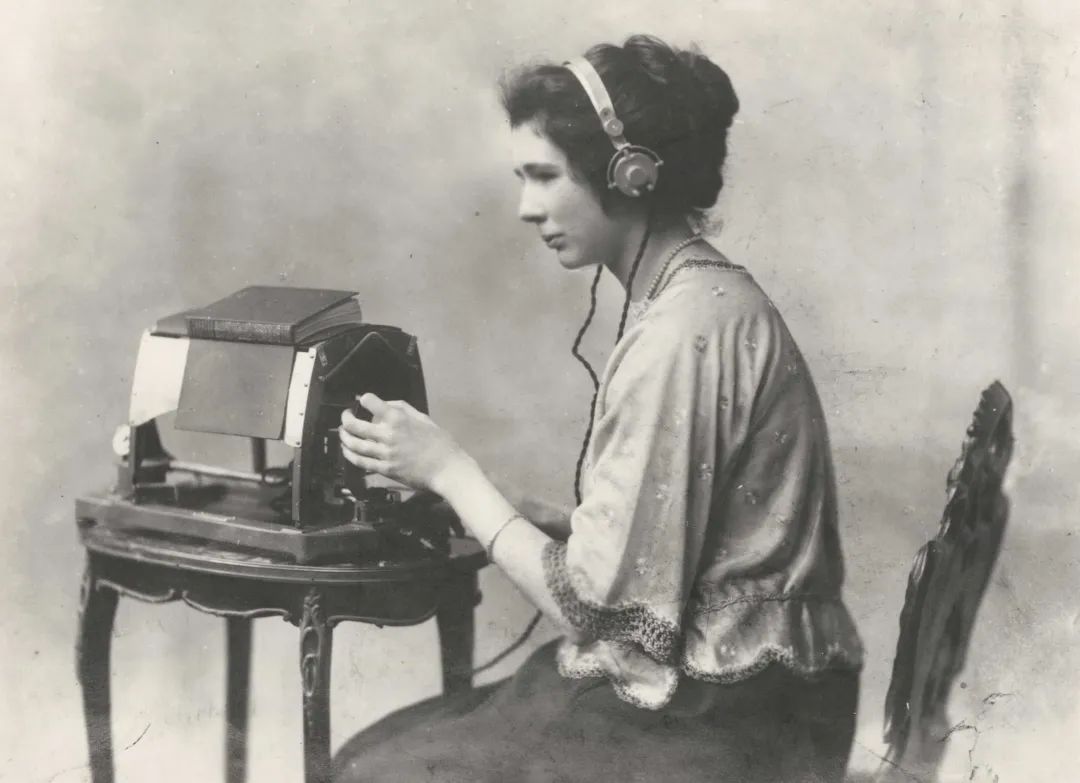
Mary jameson is reading Walden Lake.
Mary jameson also used an improved version of this "black voice". Later, her reading speed reached 60 words per minute. Mary became a heavy user of photoelectric reading devices from her school days to her later years.
But for most people, the combination of notes may still sound too complicated. Moreover, some letters with similar shapes, such as "u" and "n", are easily confused. In addition to using the threshold, the price is also prohibitive. 35 pounds in 1920 is about 1,500 pounds (about 13,000 RMB) or more today.

In 1920, the average price of a house in London was about 320 pounds.
In addition, the British Association for the Blind was trying to popularize Braille resources to the whole country, and the photoelectric reading device may pose a threat to the promotion of Braille, and it will not be supported by the association, and the sales volume has been pitiful.
However, commercial failure does not necessarily mean technical failure.
Technology that anyone may need.
In 1949, the engineers of RCA borrowed the principle of photoelectric reading device to create a new reading machine for the blind.

RCA reading machine, which can play the pronunciation of letters, such as "A-"[5]
It also needs to strike the light on the paper and then reflect it on the photoelectric element, thus distinguishing the shapes of letters; It also has a horn, which is responsible for shouting the corresponding sound.
However, the light-emitting device is no longer a lamp with a porous disk, but a cathode ray tube; The photoelectric element is no longer selenium, but photocell; What the trumpet calls out is no longer a note representing a glyph, but a real letter.
Most importantly, there is an additional component in the middle called "electronic analyzer". After receiving the signal from the photoelectric element, it has to pick out the letter that matches the signal from 26 letters before it can command the speaker to read it.
A mainstream view holds that this is the first device in the world that can complete the Optical Character Recognition (OCR) task.

Photo translation AFP
Later, with the development of computer technology, OCR algorithm became more and more sophisticated. Nowadays, artificial intelligence/machine learning has injected a handful of souls into OCR.
Nowadays, OCR serves more than blind people. There may be a moment when everyone needs to copy a large paragraph of text in a picture, or take pictures of foreign characters and throw them directly to translation software. People even think that it is a matter of course to use such technology.
But the first person who made the concept of OCR possible may be Dr Edmund Founier Dalbet, who invented the photoelectric reading device more than 100 years ago.
references
[1] d’Albe, E. E. F. (1924). The Moon-element: An Introduction to the Wonders of Selenium. TF Unwin.
[2] Thomas, E. (2021, June 23). A Century Ago, the Optophone Allowed Blind People to Hear the Printed Word. IEEE Spectrum. https://spectrum.ieee.org/tech-history/dawn-of-electronics/ a-century-ago-the-optophone-allowed-blind-people-to-hear-the-printed-word
[3] d’Albe, E. F. (1914). On a type-reading optophone. Proceedings of the Royal Society of London. Series A, Containing Papers of a Mathematical and Physical Character, 90(619), 373-375.
[4] Jameson, M. (1966). The Optophone: Its beginning and development. Bulletin of prosthetics research, 5, 25.
[5] Mann, M. (1949). Reading machine spells out loud. Popular Science, 154(2), 125-7.
[6] Chan, T., Mills, M., & Sayers, J. (2018). Optophonic reading, prototyping optophones. Amodern, (8).
[7] Cooper, F. S., Gaitenby, J. H., & Nye, P. W. (1984). Evolution of reading machines for the blind: Haskins Laboratories’ research as a case history. Veterans Administration, Department of Medicine and Surgery, Rehabilitation R & D Service.
作者:栗子
原标题:《100年前的盲人,怎样读完一本普通印刷书?》
阅读原文